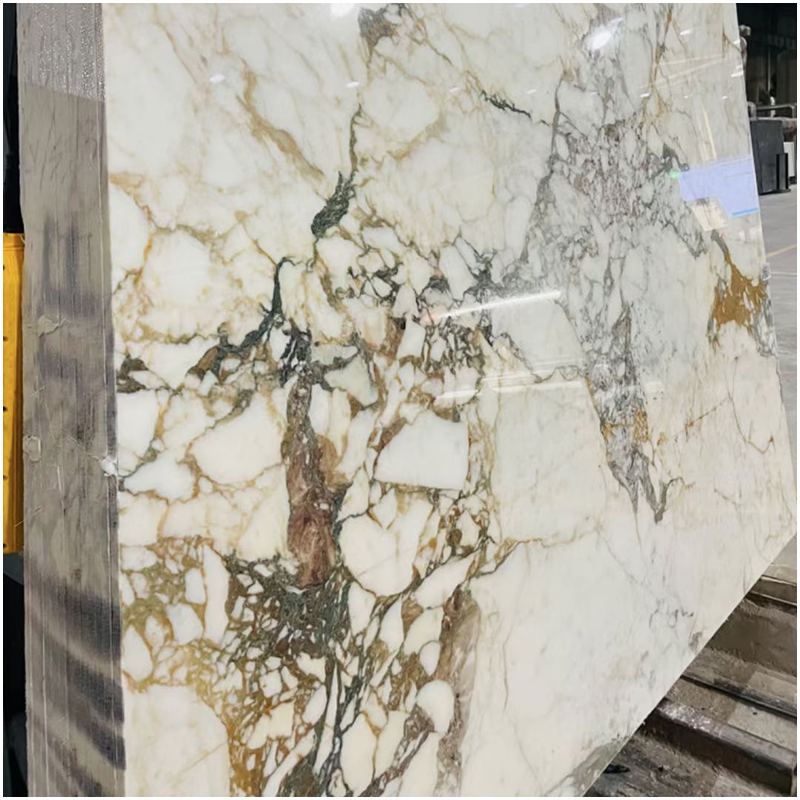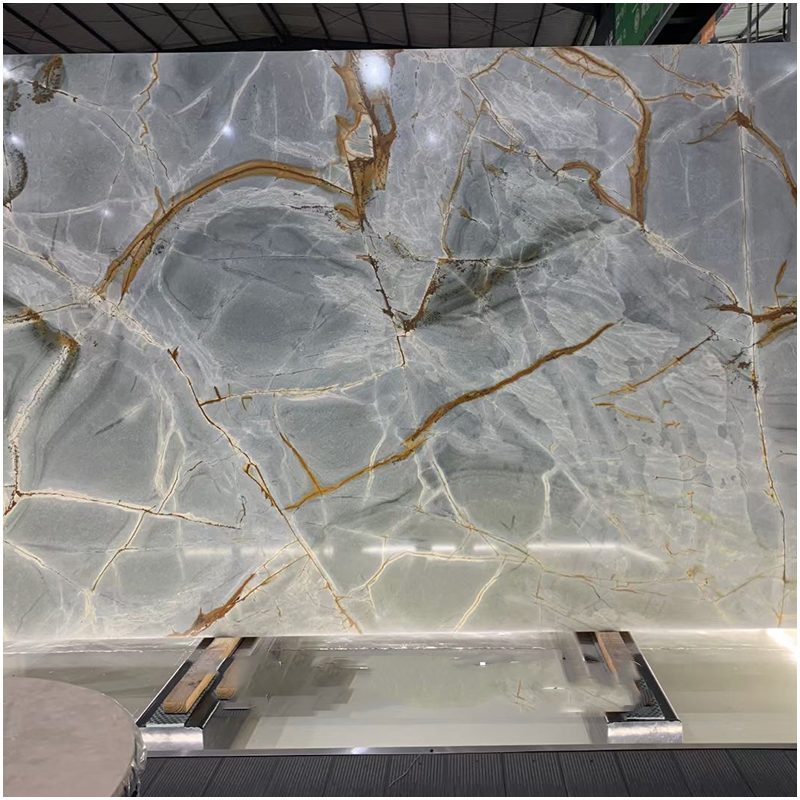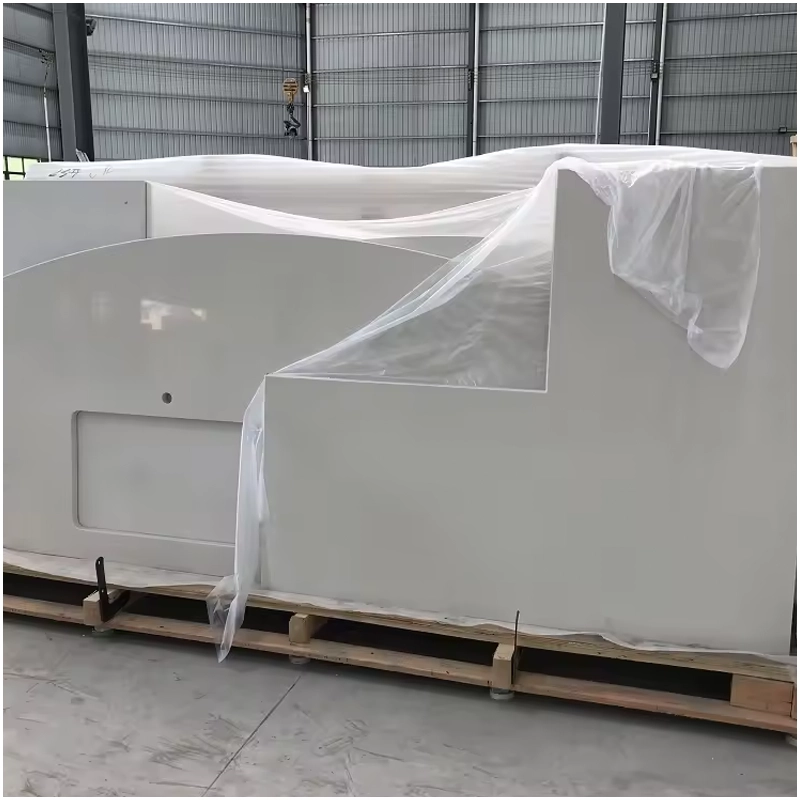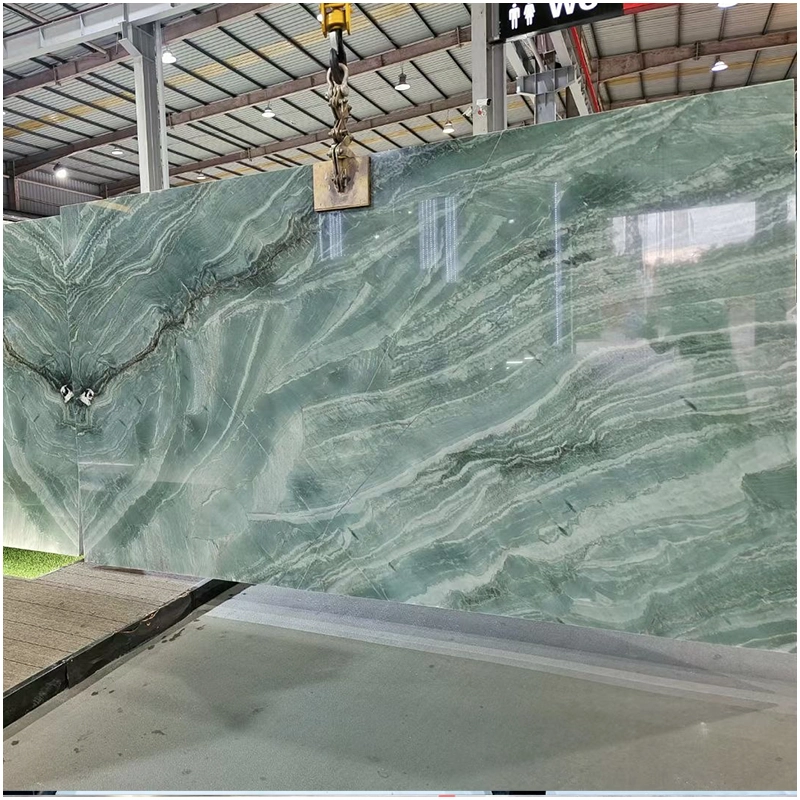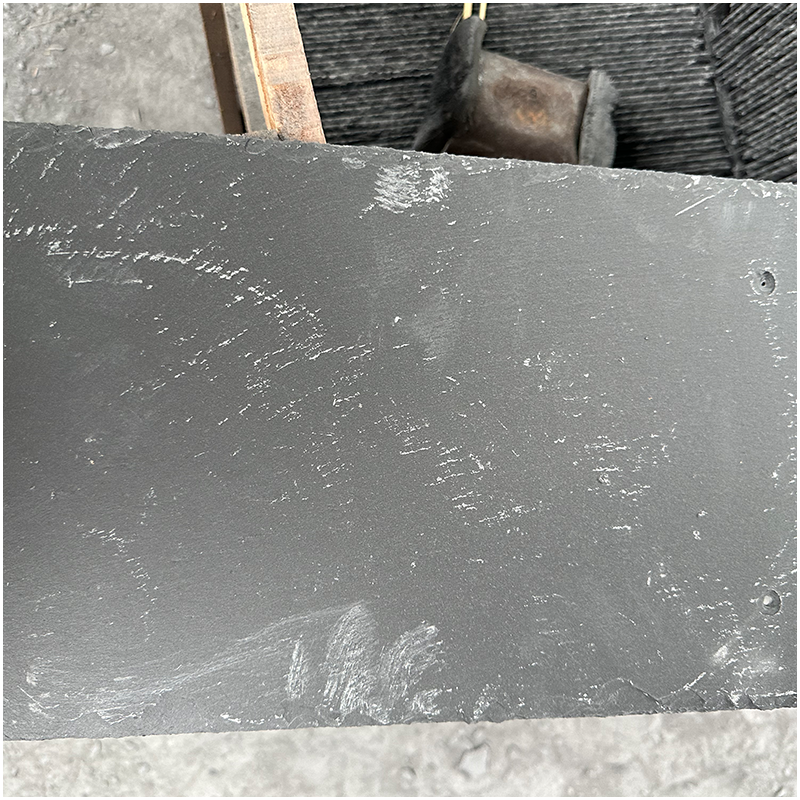How to distinguish natural stone from artificial stone
Stone is very preferred in the area of contemporary building and decorating because of its distinctive beauty and strength. Still, there are other kinds of stone available, and two often used varieties are artificial and natural stone. While artificial stone is preferred by the market for its customizing and reduced cost benefits, real stone is adored for its naturally occurring qualities and distinct texture. Let’s investigate how to tell these two kinds of stones apart so you can decide wisely.
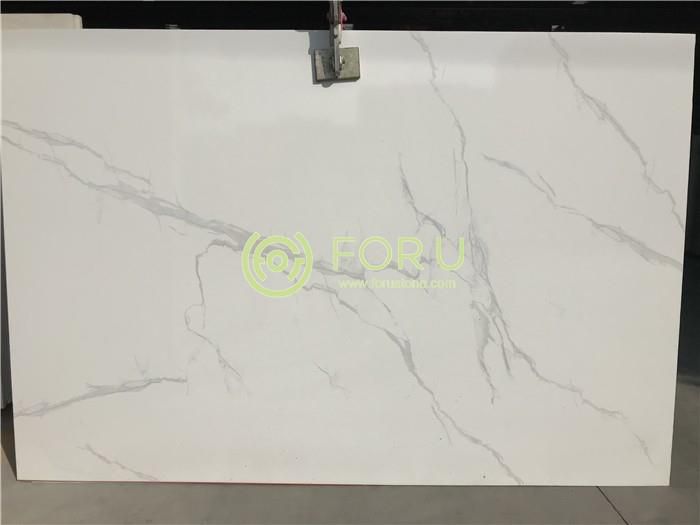
Material composition and production process
Natural stone, generally speaking, is stones created in nature—mostly marble, granite, sandstone, etc. These stones have distinctive textures and hues and are organically produced over a protracted period of time under geological activity. Natural stone’s manufacture calls for mining, cutting and polishing. The fundamental form and texture of the stone are still organically produced even if process technology is always developing.
On the other hand, artificial stone is a substance created by artificial technology mostly from a combination of quartz, resin, and other fillers. The stone raw materials are crushed, combined with resin and additives, molded and cured during manufacturing. Artificial stone may replicate the look of many natural stones and can have certain qualities absent from natural stones, including more homogeneous color and texture, as humans control the whole creation process.
Appearance and Texture
Natural stone’s look and texture will help one to tell it apart from manufactured stone. Natural stone’s texture and color are often erratic as they were created under natural circumstances. Every natural stone therefore has a different color range and design. Natural marble, for instance, may have uneven stripes and patches, so other stones cannot match its distinctive look.
Since artificial stone is produced under better supervision, its texture and color are more consistent. Modern artificial stones sometimes lack the distinctiveness and diversity of genuine stones even if they may replicate very accurate natural stone effects. Artificial stone’s surface may reveal consistent hue and regular patterns, which would assist to somewhat recognize it.
Physical qualities and longevity
Generally speaking, natural stone is very durable—especially stones with great resistance to compression and abrasion like granite. Natural stone’s density and hardness make it appropriate for usage on floor and worktops in kitchens among other settings. Natural stones do, however, also have some drawbacks; they would need constant upkeep and care to avoid stains and scratches.
On many respects, however, the physical characteristics of manmade stones are similar to those of natural ones. Many synthetic stones have less water absorption and improved stain resistance as their manufacturing technique involves resins. Furthermore, artificial stones often have a smoother surface and less likelihood of dirt harbours. But because of the resins, certain synthetic stones might fade or distort in high temperature surroundings.
Impact on the environment and sustainability
Usually, the mining process of natural stone affects the surroundings, particularly the operation of big quarries may harm the biological surroundings. Nonetheless, many stone firms are using more ecologically friendly quarrying and processing techniques to lessen their effects on the surroundings.
Although the manufacturing process of artificial stone has certain environmental effects as well, the choice of raw materials and the manufacturing technique may be more regulated and maximized when compared with real stone. Artificial stone is more ecologically friendly in certain ways as some industrial byproducts might be raw materials utilized in its manufacturing process. Consider if the maker of imitation stone has embraced ecologically friendly materials and sustainable development policies.
Cost and budget
Generally speaking, natural stone is more costly—especially those rare, superior forms. Its expenses include shipping and installation as well as mining and processing ones. Natural stone’s price is also influenced by supply and market demand, hence variations might arise.
Artificial stone is usually less expensive than real stone mostly because its manufacturing technique can be scaled up and the raw ingredients are bought at a less expensive cost. when fake stone may have a smaller initial cost, its long-term maintenance and usage impact still has to be taken into account when selecting. Moreover, the brand and grade of fake stone might affect its price.
Maintenance and Cleaning
To keep natural stone shining and looking, it needs constant upkeep and cleaning. Marble and granite, for instance, could collect liquids, hence they should be routinely cleaned using specific cleansers and sealants. By helping to avoid damage and discoloration, these care steps may increase the lifetime of the stone.
Artificial stone’s surface is smooth and does not readily absorb water, hence maintenance and cleaning of it is usually easier. Most synthetic stones do not need particular maintenance; most may be cleaned with standard detergues and water. Still, it’s important to avoid using strong acid or alkaline cleansers if you want it to remain in best shape as they will damage the stone surface.
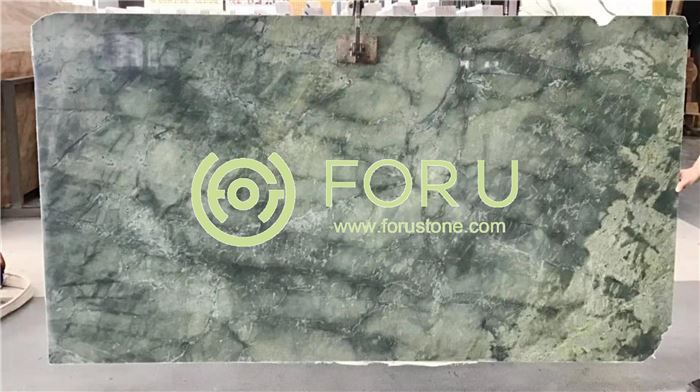
Choosing natural stone or artificial stone depends on personal needs and budget. Although natural stone takes more care, its distinctive natural texture and great durability make it preferred. Particularly in cases of restricted budget, artificial stone draws many customers with its great physical qualities and affordable cost. Knowing these variations will enable you to make a wiser decision to maximize the outcomes of the decorating procedure. Foru provides a range of choices to satisfy the requirements of various décor projects whether your search is for premium stone, either natural or synthetic.

